
By TechnologyAzure and AWS Monitoring
By IndustryIntegrates with your stack
By InitiativeEngineering & DevOps Teams
TechnicalIt’s easy to get the help you need
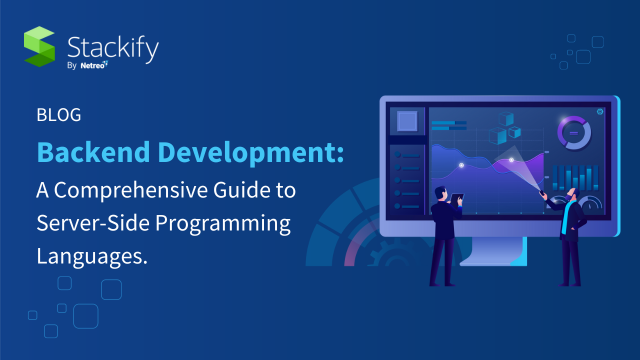
We are living in an era where innovation reigns supreme, so choosing the right tools to bring your applications to life is important. As developers, understanding the thrill of crafting robust and seamless applications behind the scenes is quite necessary. Therefore, the art of backend development requires careful selection of the perfect server-side programming language.
From the elegant versatility of Python to the ubiquitous scalability of JavaScript, each language has its own unique strengths. This post will help you discover distinctive features and uncover their optimal use cases. Let’s get started with this thrilling adventure of server-side programming languages!
Imagine you’re on a journey through the digital world, browsing websites, clicking links and submitting forms. But have you ever wondered what happens behind the scenes? That’s where server-side website programming comes into play.
When you perform an action on a website, like clicking a link or submitting a form, your web browser sends a special message called HTTP request to the server. This message contains details about what you want to do and the data you’re sending.
The web server eagerly awaits these messages, ready to process them. It understands the instructions and takes necessary actions. Your browser takes this resource and displays it for you to see. So, in a nutshell, server-side website programming is that magic that happens behind the scenes. The invisible hand communicates with your browser, processes your requests and delivers the desired content. The next time you browse the web, remember the secret dance between your browser and the server, all thanks to server-side programming.
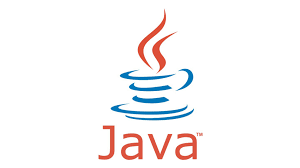
Java entered the programming world in 1995, and since then has skyrocketed to become one of the most widely used languages globally, ranking 6th in popularity. Not just a language, Java is a robust platform and ecosystem that flexes its muscles across various domains. From crafting desktop applications to building massive web portals and services, Java has got you covered. It even stretches its reach to software development for devices like PCs, tablets, smartphones and beyond.
Java shines when it comes to creating scalable applications. Its object-oriented approach allows for constructing large, flexible and extensible web applications that can run multiple instances simultaneously.
Harnessing the power of independent threads, Java thrives in applications that can run multiple instances simultaneously.
With Java’s open-source code, a thriving community has sprouted. They’ve crafted a treasure trove of free libraries and frameworks, turbocharging server-side development.
Java takes security seriously. Its virtual machine diligently checks Java byte codes, ensuring viruses don’t wreak havoc. Plus, its security model and reusable code testing add extra layers of protection.
For commercial use, a license is required, adding a bureaucratic hurdle.
Java can be a bit slow due to its reliance on a computer virtual machine for compilation. Memory cleanup issues, thread blocking and caching settings can hinder performance.
Creating a native design in Java often requires third-party libraries and tools.
Java’s syntax can sometimes be overwhelming, leading to verbose and intricate code.
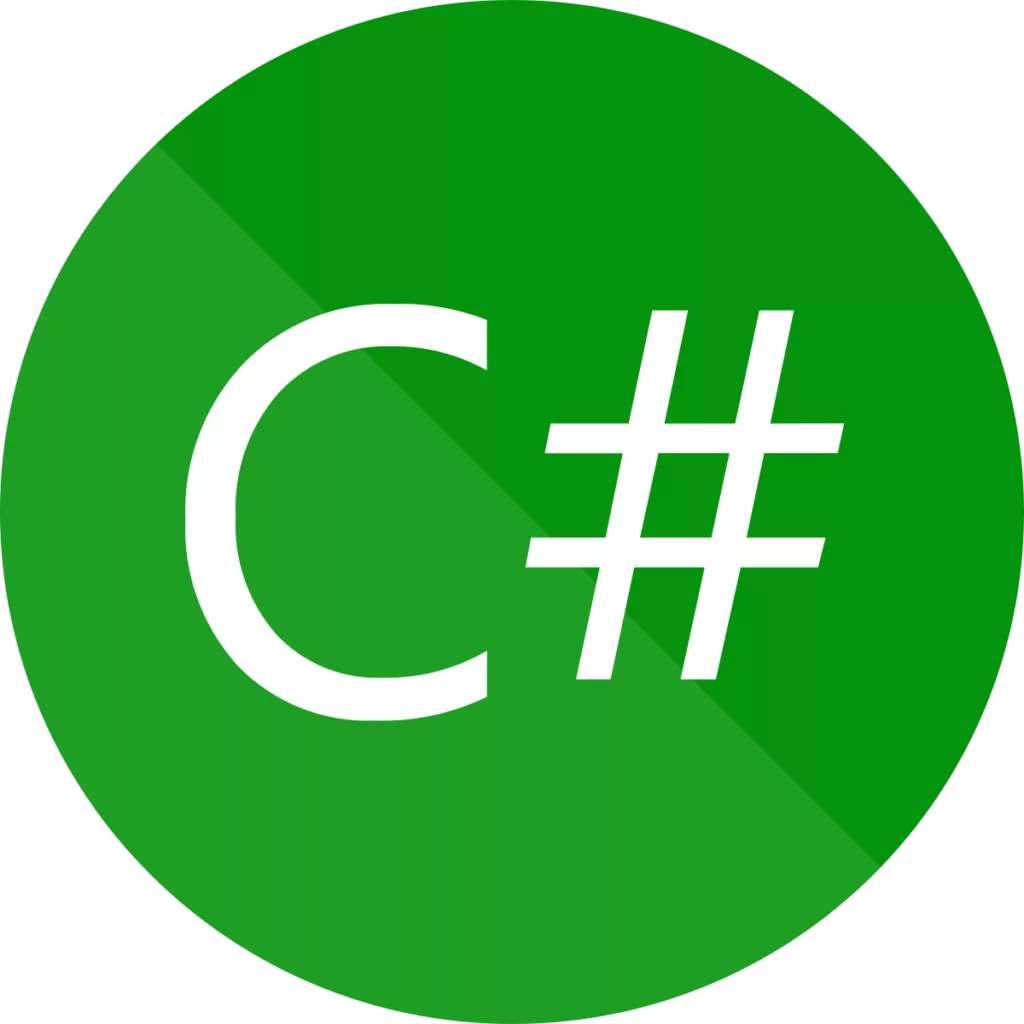
C# was introduced in 2001, and since then, it swiftly became the favorite among developers, offering a high-level approach that transcends specific computer architectures. As the primary language for the Microsoft .NET Framework, C# belongs to the illustrious family of C-like languages, sharing syntax similarities with C++ and Java.
Microsoft is the sorcerer behind C#, constantly developing and nurturing this language. Their acquisition of Xamarin and the release of the .NET platform showcased their commitment to compatibility with both their technologies and open standards.
C# casts a spell of syntactic sugar, offering constructs that make code easier to write and understand. This makes collaborating with fellow programmers a breeze.
If you’re familiar with C, C++ or Java, learning C# is a piece of cake. The language’s similarities ensure a vast pool of C# programmers at your disposal, ready to weave their coding spells.
C# is primarily focused on the Windows platform, limiting its reach to other operating systems.
C# doesn’t support multiple inheritances, meaning complex class hierarchies from C++ must undergo redesigns when transitioning to C#.
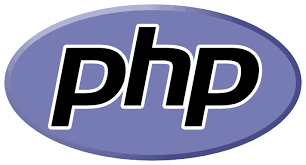
Introduced in 1995, PHP has soared to the top of programming charts. Over 80% of websites embrace this language, powered by its versatility and simplicity. Industry gains like Facebook, Slack and Pinterest swear by PHP’s magic.
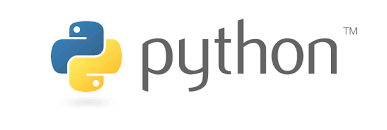
Python is a lightweight marvel that supports object-oriented, functional, and aspect-oriented programming. It dances with dynamism, its source code open to all. Python creates stunning websites, desktop apps, databases and AI wonders. Its vast community births countless libraries, treasures of wisdom for aspiring coders.
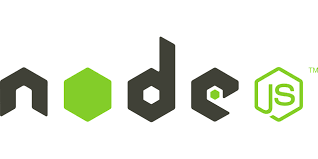
Node.js emerged as a programmer’s dream ever since introduced in 2009. It is powered by the mighty Google Chrome V8 engine. It transformed JavaScript into a server-side language, capturing the hearts of developers far and wide. Node.js crafts ad services, gaming realms, vibrant forums, CMS and thriving e-commerce platforms.
When venturing into backend development, several factors, like characters in a captivating tale, deserve attention.
Embrace free languages that unlock speed and affordability. Tap into existing code, framework and libraries, sparing your programmers from reinventing the wheel.
As a startup dreaming of grandeur, choose a language that flexes your ambitions. Scale your business effortlessly, like a hero rising to the challenge.
Your product’s success hinges on language speed. Seek out a powerful ally, a programming language that delivers swift and efficient execution.
Prioritize a language that boasts robust security features, protecting your castle from digital threats.
Join forces with a vibrant community, a network of fellow adventurers who can guide, support, and inspire you.
Delve into a language with a rich ecosystem of tools, frameworks, and resources.
In the realm of backend development, programming languages wield their capabilities, breathing life into service-side applications. Discover the potential of Python and the swift prowess of Node.js. Embrace the journey, and unlock the full potential of your digital creations.
Stackify's APM tools are used by thousands of .NET, Java, PHP, Node.js, Python, & Ruby developers all over the world.
Explore Retrace's product features to learn more.
If you would like to be a guest contributor to the Stackify blog please reach out to stackify@stackify.com